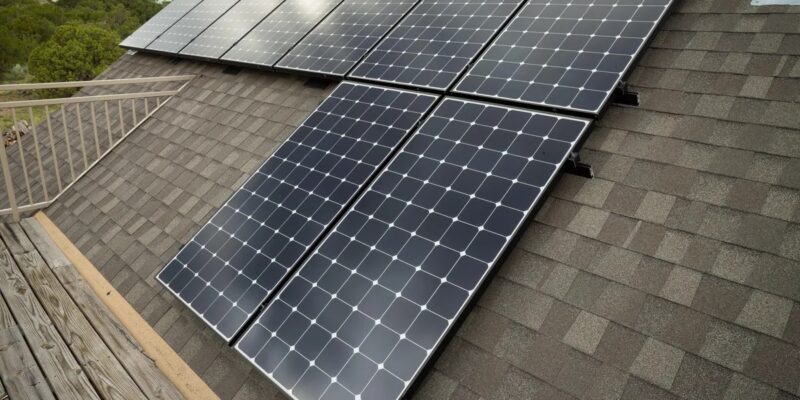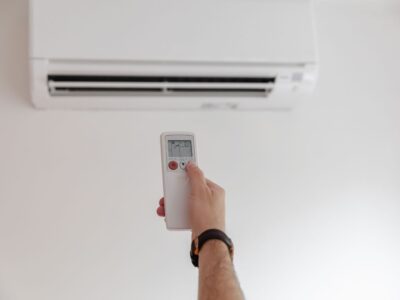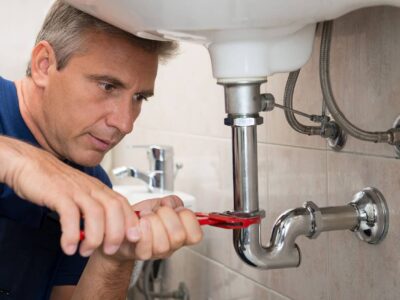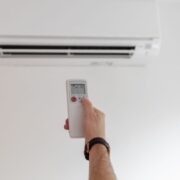Harnessing the power of the sun begins with installing solar panels. Keeping your photovoltaic system operational and maintained properly is crucial to maximizing your return on investment.
Conduct visual inspections regularly
While today’s solar modules are built to withstand harsh weather conditions, it’s still important to visually inspect all solar panels, wiring connections, and mounting equipment regularly to catch minor problems before they worsen. Look for any signs of wear and tear, loose wiring, corrosion, blown fuses, cracked glass or backsheets, and any debris buildup or shading from trees and structures. Also, check that vegetation has not grown around ground-mounted arrays obstructing sunlight. While solar panels withstand normal exposure, excessive shade, dirt, or snow covering their surface significantly impedes productivity. Carefully clear away any accumulated leaves, branches, or snow banks that cast shadows or block sunlight from reaching the panels. Use a soft-bristled brush to gently sweep dust and loose dirt off the units whenever they build up. Never use abrasive chemicals or high-pressure hoses to clean solar equipment.
Trim back encroaching trees
Keep an eye on surrounding trees and foliage that eventually overgrow to shade your solar array — reducing power generation drastically. Strategically trim back branches or remove obstructing plants in the panel perimeter to preserve ample sunlight access. Always consult professionals before cutting trees to prevent damaging the healthy vegetation or endangering your property. Faulty wiring and electrical parts often cause system inefficiencies or complete system failures. Check that all cables and connections between solar panels and equipment like inverters, batteries, and meters are intact and corrosion-free. Watch that protective casings have not become damaged, exposing wiring to the outdoor elements. Also, ensure meters and monitoring displays are operating properly to catch generation drops.
Tighten mounting hardware
The infrastructure securing each solar module demands inspection too, as wind, storms, and weather loosen nuts/bolts over time. Carefully tighten any loose fasteners and examine corrosion or wear around mounting posts and frames that could destabilize the structure. Watch for signs of excessive vibration that further deteriorates connections. If you notice a dip in solar power output through your monitoring interface or see warning lights on any equipment, investigate and resolve the underlying issue right away before additional problems result. Work with your installer to diagnose the fault through remote monitoring tools or onsite inspections. The quicker you catch and troubleshoot solar problems, the faster full-generation capacity restores.
how solar panels work? As panels age after years of harnessing the sun’s intense heat and light, hidden hot spots and flaws develop affecting module efficiency. Using specialized infrared cameras to periodically survey arrays uncover “invisible” deficiencies requiring replacement like defective diodes, bad solder bonds, small cracks, and embedded impurities. Thermal imaging allows for assessing and addressing issues while they remain minor. Schedule an annual solar panel cleaning to limit accumulated grime, pollen, dust, bird droppings, and other debris that blocks sunlight absorption critical for photovoltaic material efficiency. If in a particularly dry climate, bi-annual cleanings keep panels in optimal condition. Only use manufacturer-approved cleaning solutions without abrasives along with non-conductive brushes to avoid panel damage during cleaning.













Comments